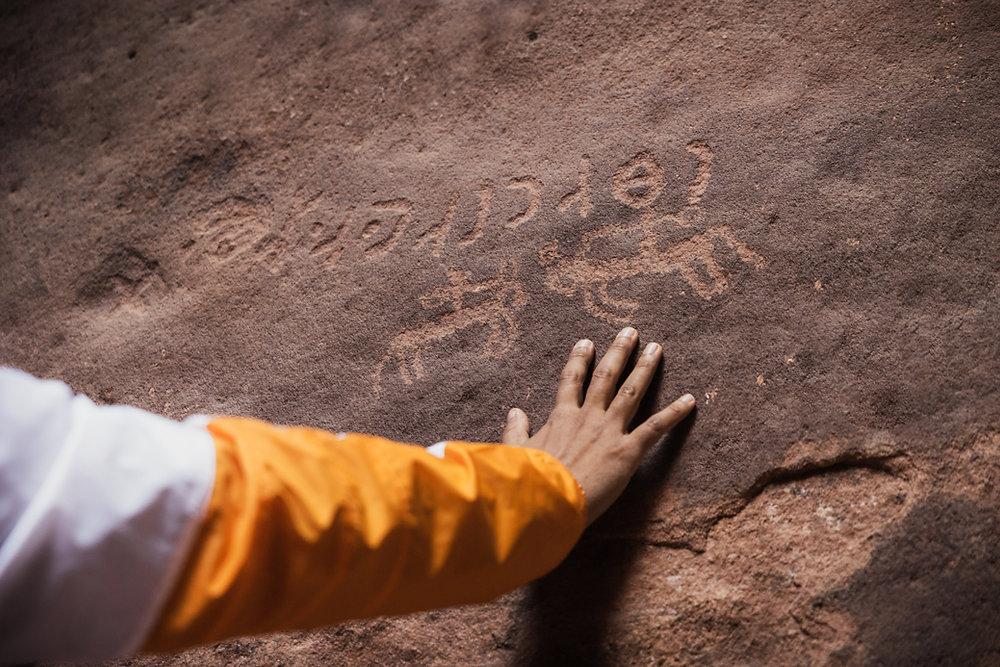
Historic Buildings and Structural Restoration
Mar 20
2 min read
1
51
0
The study of any building must be carried out using a scientific approach to ensure a comprehensive understanding of its structure, material behavior, and historical significance. This approach should integrate both theoretical research and experimental evidence.
However, a purely scientific approach is insufficient for truly understanding a historic building and identifying the best design interventions. The historical and cultural contexts of the structure play a crucial role in restoration decisions. For instance, in many parts of Asia, traditional practices involve replacing damaged materials or applying new layers of available materials for maintenance. While this contradicts conventional principles of heritage conservation, such practices themselves are an integral part of cultural heritage
The Three Pillars of Architectural Heritage Restoration
A robust approach to architectural heritage must encompass:
Scientific Knowledge – Understanding material properties, structural behavior, and engineering principles.
Cultural Knowledge – Recognizing traditional construction methods and maintenance practices.
Experience – Applying practical insights gained through historic preservation projects.
Structural Engineering in Historic Conservation
The restoration of historic structures requires a flexible application of structural engineering principles. Structural engineering for heritage conservation involves two key types of assessments:
Qualitative Assessments:
Historical research
Visual inspections
Quantitative Assessments:
Material testing
Monitoring and structural analysis
Conventional evaluation practices often prioritize quantitative assessments while neglecting qualitative aspects, leading to interventions that may compromise the architectural and historical value of the structure. A holistic approach demands a balance of both.
A Multidisciplinary Approach to Restoration
A scientifically sound approach to structural restoration calls for the involvement of multiple disciplines, ensuring that engineering solutions respect the authenticity of historic buildings. The key activities involved in historical structure restoration include:
Historical Investigations: Studying archival records, construction techniques, and cultural significance.
Testing: Conducting material and structural tests to understand load-bearing capacity and durability.
Monitoring: Using sensors and other tools to track structural performance over time.
Analysis: Applying structural modeling and simulations to predict behavior under different conditions
The Empirical Basis of Scientific Methods in Restoration
Scientific methods in restoration rely on empirical evidence to validate theoretical models. This ensures that structural interventions are not only technically sound but also contextually appropriate. Historical research and structural analysis must be adequately connected to develop informed conservation strategies.
Steps in Studying Historical Constructions
The study of historic buildings follows three fundamental steps:
Diagnosis: Identifying structural and material deterioration causes.
Safety Evaluation: Assessing the building’s stability and risk factors.
Design of the Intervention: Developing restoration strategies that maintain the integrity of the structure while ensuring its long-term resilience.
By integrating scientific principles with cultural understanding and historical research, structural restoration can be carried out in a way that preserves both the physical integrity and cultural significance of heritage structures.
Reference:
Structural analysis of historical constructions : possibilities of numerical and experimental techniques : proceedings of the 5th international conference on 6-8November2006 NewDelhi, India. Vol.2. Book


